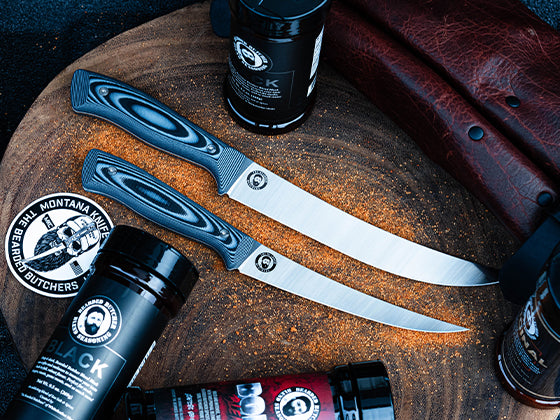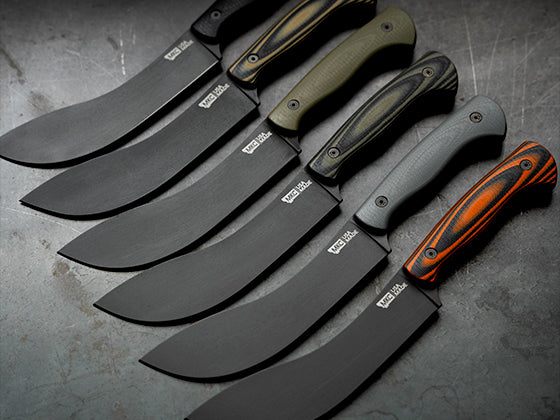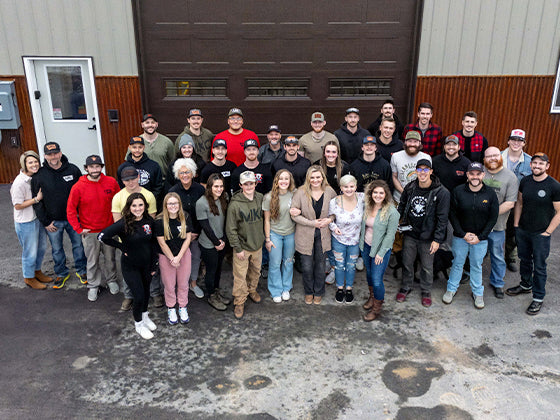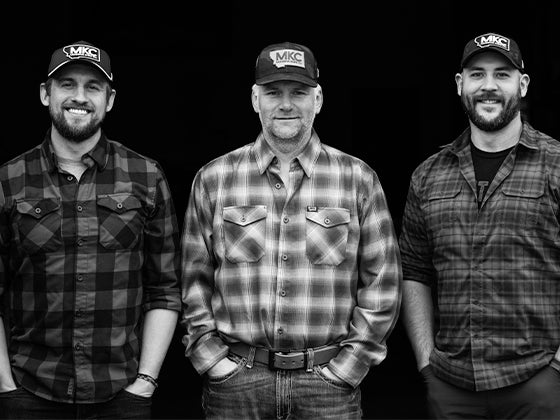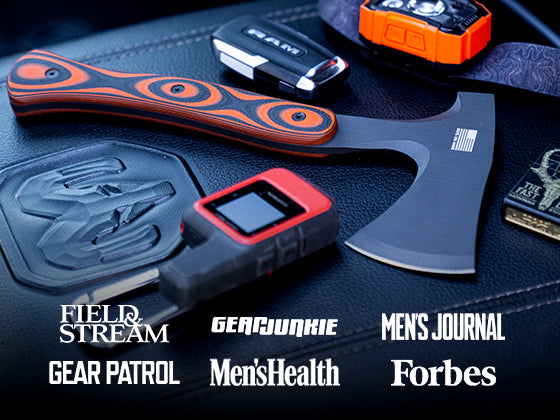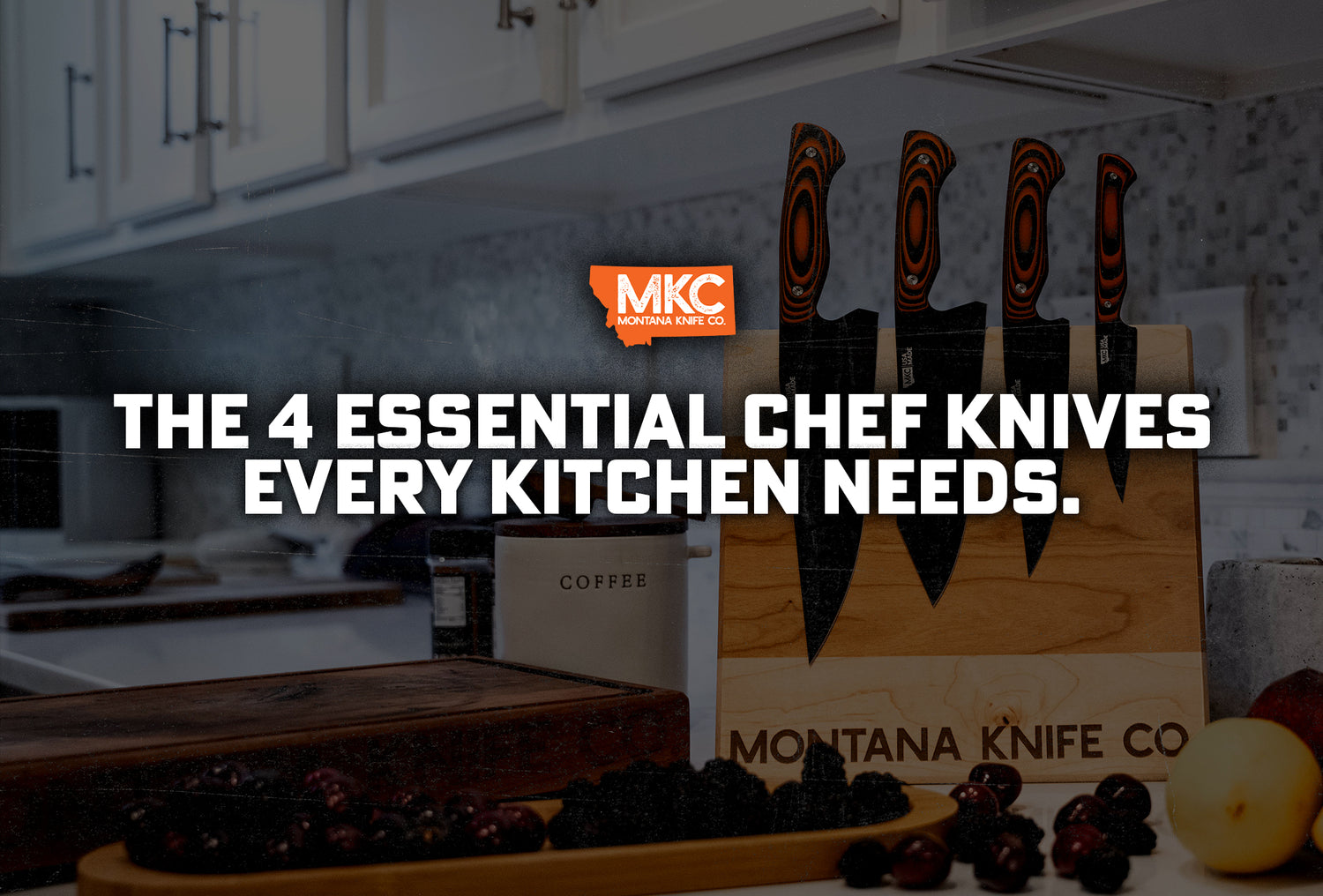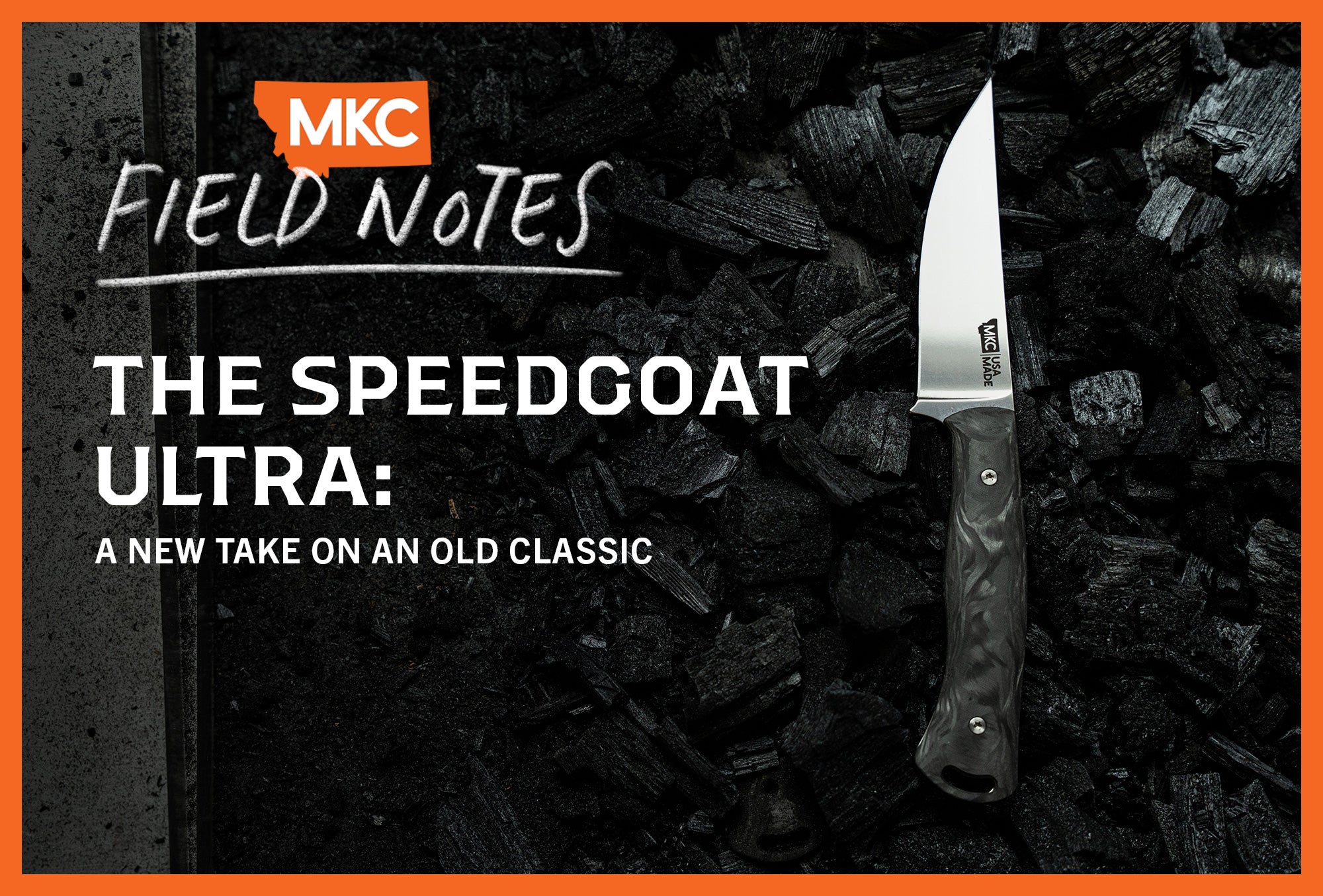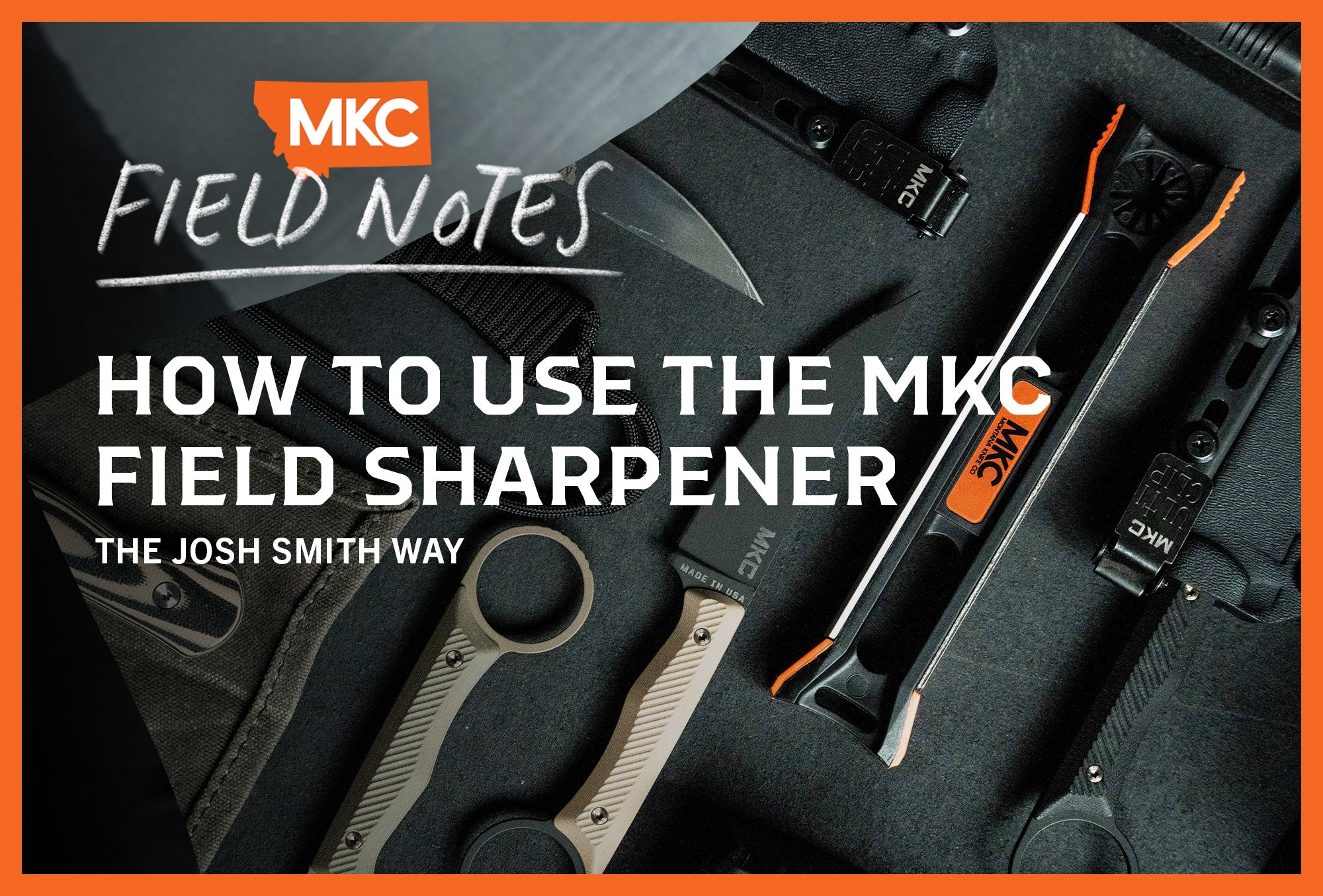A full set of culinary knives is a go-to gift for weddings, housewarming parties, birthdays, and other momentous occasions. Many of us have a sturdy knife block somewhere in our kitchen, stuffed with a set of blades.
Personally, I reach for the same trusty four knives over and over: the chef’s knife, the santoku knife, the paring knife, and the petty knife. While I use a few others on rare occasions, those four are my “holy quad,” so to speak.
In this post, I’ll explain why you need these four essential kitchen knives and what to look for in a new set.
Before Buying Essential Kitchen Knives, Consider This...
Before we get into knife specs, let’s review some more minor details you’ll want to consider.
While inexpensive knives might tempt you with low price tags, remember that a cheap blade won’t last as long as a high-quality knife.
A kitchen knife is a tool you’ll use nearly every day. A comfortable and functional tool will pay for itself in satisfaction alone. You won’t need to replace it every year or so, like you would with a cheap knife.
As someone who’s worked long days in restaurants, I promise that finding a high-quality set of essential kitchen knives is worth the time and expense.
Type of Steel
Any knife operating in a kitchen should stand up well against corrosion. High-carbon stainless steel performs best in kitchen environments. Specialized blade coatings can keep rust at bay, too.
Knives made from high-carbon stainless steel are harder than lower-carbon blades. This gives them a finer edge that stays sharp for longer.
Other knife steels can work just as well in the kitchen but may require more frequent sharpening. Most commercially made kitchen knives don’t have that extra carbon content.
That’s why we craft our MKC Culinary Knives from high-carbon, high-performance stainless steel. The material is a little more expensive, and it’s worth the extra investment for sharpenings that are fewer and further between.
We also outfit every culinary knife with a durable Cerakote coating to stave off rust.
Edge Thickness
A knife’s thickness is another key to its performance. The strength of high-carbon stainless steel allows us to push the limits of thinness. The edge can get very fine while still resisting bending and chipping.
Other stainless steel knives require a more robust edge that wedges into food. If you’ve ever tried to cut a tomato with a thick or dull knife, you know how annoying this is. A thin edge slices through food effortlessly, leaving you with a tastier and more professional-looking meal.
Sharpness
Our high-carbon steel knives walk the line between sharpness and durability. You may not believe me when I say you don’t necessarily want a razor-sharp knife, but it’s true. In fact, you want your blade to be a bit on the coarse side.
The tiny micro-serrations along your blade’s edge will last longer if they can endure some abuse. If those serrations are too fine, they’ll bend and break quickly. The result is a dull, useless knife after a few clean cuts.
My ideal edge grind is close to 1,000–1,200 grit. At that point, you have fine serrations that are still robust enough to ensure stability. The blade will have a thin profile but a sturdy edge that’ll hold its sharpness.
Shape and Point
A flat blade edge diffuses the force of your chop across a large area. Instead, look for blades that have a continuous curve along the cutting edge.
The curve doesn’t have to be dramatic; a gentle curve is enough. This concentrates the force of your chop, helping you cut through tiny herbs, hard fruits, tough proteins, and more.
A lot of Western-style chef knives have a high, upswept tip. This isn’t necessary — the tip just needs to be off the board enough to allow for rocking and chopping.
The MKC team understands that. They designed their line of essential kitchen knives based on my experience in the restaurant industry.
Type of Handle
Your relationship with your knife begins at its handle.
The handle’s shape and material both play a role in its ergonomics and user-friendliness. Wooden handles can look nice, but they’re weak against water, which is unavoidable in the kitchen.
Wood handles absorb moisture from your hand, the sink, and raw meats. These juices and their germs enable bacteria to grow and degrade the integrity of the handle itself.
Synthetic materials resist absorption and help maintain a cleaner, stronger handle. MKC’s handles are made of a durable synthetic material called G10. G10 prevents moisture uptake and stands up to abuse.
Your knives should also feel comfortable in your hand, without edges or hot spots. If the material, contours, or ergonomics of your knife are off, you won’t enjoy using it, no matter how good the blade is.
MKC has invested a lot of time in the design of their handles. They believe your knife’s handle should feel like an extension of your hand, and their products reflect that.

4 Essential Kitchen Knives Every Chef Needs
Many of us just reach for whatever knife’s clean when we’re prepping in the kitchen. Even I do this from time to time. However, when you have the right tool for the job, prep work is easier and more fun.
I keep four essential kitchen knives on hand. When I have all four, I’m able to accomplish just about any task my meals require.
Chef’s Knife
The chef’s knife is perhaps the most important of my essential kitchen knives.
It’s a general-purpose blade, usually around eight inches long, that covers a wide range of tasks. It can do the delicate work of a paring knife, the heavy work of a slicer, and every job in between.
The MKC Bighorn Chef spans the widest portion of the cutting spectrum. It’s great for larger kitchen tasks like cutting a watermelon or breaking down a roast.
A lot of people who’ve gotten comfortable handling longer blades love a good chef’s knife. It’s the essential kitchen knife I grab when I have a ton of cutting tasks lined up.
So, why use anything else? The longer blade of a chef’s knife means you have less control over where the tip ends up. Many people prefer shorter knives for smaller tasks. If you’re doing a lot of fine prep work, you’ll want the control a shorter blade provides.
Santoku Knife
The second of my four essential kitchen knives, the MKC Smith River Santoku knife, provides the best mix of length and fine control.
Coming in at roughly six inches long, the santoku offers more than enough size for common kitchen tasks. It’s fantastic for prep work like cutting fruits and vegetables.
The santoku is also lighter and thinner than its big brother, the chef’s knife. That means it’s perfect for fast, precise cuts like julienning, chiffonading, and mincing.
Petty Knife
The MKC Little Bighorn Petty is perfect for smaller tasks that need a lot of tip work. You can even use it as a boning knife for breaking down poultry or fish. Its narrow tip and short length help it curve and cut around small areas.
It’s best for fine-cutting work, like peeling potatoes or cutting apples, radishes, or cherry tomatoes. The petty is especially well-suited to tasks away from the cutting board, whether that’s carefully peeling fruit in hand or cutting meat away from the bone.
If you bring one essential kitchen knife to your camp, let it be the petty.
Paring Knife
The paring knife is your partner in crime for small slicing and chopping tasks.
The MKC Cutbank Paring Knife excels at chopping herbs, processing delicate cuts of meat, and sectioning soft fruits and veggies. Our paring knife has a nearly flat cutting edge and a downward-pointing tip, meaning it excels at tasks that the Little Bighorn Petty isn’t suited for.
At 4 1/8 inches, the paring knife is the smallest essential kitchen knife I keep in my arsenal. That shorter length gives you more control than just about anything else, and it’s the perfect space-saver for working in tight areas.
Non-Essential (but Helpful!) Kitchen Knives
While the following knives aren’t kitchen essentials by any means, they’re lifesavers in certain situations.
The four essential kitchen knives above cover the vast majority of tasks, but avid chefs and hunters alike can benefit from the extras below.
Fillet Knife
The fillet knife was made for fishing enthusiasts.
The MKC Flathead Fillet Knife has everything a fisherman needs: a long, flexible, thin blade, a sharp edge, and a grippy handle that resists slime and grime. Whether you process your fish in the kitchen, on the boat, or next to the river, the Flathead Fillet will be right at home.
Fillet knives vary in length and rigidity, but the Flathead leans toward long and rigid. That way, it can do double duty as a boning knife in a pinch. Elk and deer hunters can get just as much use out of the Flathead as the most prodigious fishermen.
Even home chefs can use a quality fillet knife. If you ever buy whole fish at the market or large cuts of meat from the butcher, a fillet knife will break them down better than any chef’s knife can.
Butcher Knife
A butcher knife is a kitchen staple for any self-respecting carnivore.
“Butcher knife” is an ambiguous term, since both boning knives and breaking knives are butcher knives. However, most people only need one or the other. You can learn more about their differentiators here.
At the end of the day, what defines a butcher knife is its ability to break down meat, whether that’s portioning out cuts or breaking down the carcass itself. MKC’s Boning Butcher Knife, made in collaboration with the Bearded Butchers, is an excellent example of the best parts of both.
A good butcher knife can function in the kitchen, out on the hunt, and everywhere in between, depending on what you use it for.
Meat Cleaver
The meat cleaver is a legendary kitchen tool, and for a good reason.
Part knife and part scoop, a meat cleaver is a heavy, sturdy blade that relies on its own weight to cut through meat and veggies. Meat cleavers adapt to the most demanding breakdown tasks, and while they don’t do delicate tasks well, they’re surprisingly versatile.
I use my meat cleaver to roughly chop ingredients and move them quickly between my prep surface and the pan. I also use the flat side of my meat cleaver to tenderize tough cuts of meat.
My meat cleaver excels outside the kitchen — even beyond the campsite, which is always pleasantly surprising.
Get the Highest-Quality Essential Kitchen Knives
When I worked in the restaurant industry, I used all four essential kitchen knives regularly, but I dreaded working with low-quality tools. They hurt my hands, made prep work a drudgery, and frustrated me. I was always tempted to toss them.
In contrast, MKC believes cooking should be a great experience, not a frustrating one. They’ve designed a high-quality chef’s knife, santoku knife, paring knife, and petty knife that’ll make you excited to get back in the kitchen.
Whether you’re a fisherman, hunter, professional chef, or home cook in need of essential kitchen knives, MKC has the tools for the job. You’ll adore their blades, whether you stick to the four essential kitchen knives or decide to invest in some of the bonus options above.
by Mareko Maumasi, Master Bladesmith and Founder of Maumasi Fire Arts


























